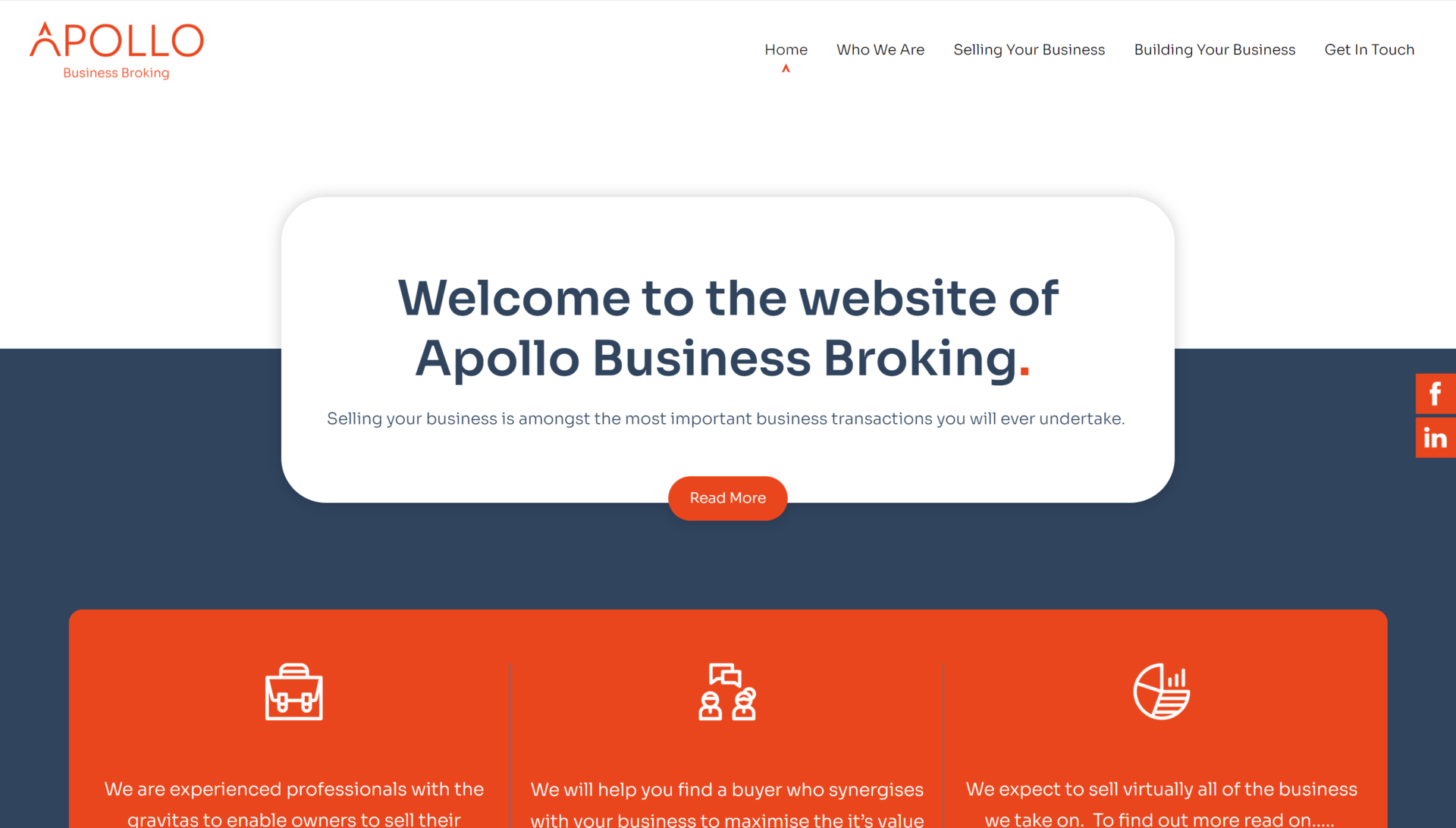Google’s new Search Console now live
Posted on 8th April 2018
Google started rolling out its new Search Console (beta) on 8 January 2018. If you use Search Console, Google may have already been in touch to let you know it’s available on your website. If not, don’t worry – you’ll be told as soon as you can start using it.
On the other hand, you may not be familiar with Search Console at all. In this article, we explain what Google Search Console is and what you can expect from the new version.
Google Search Console explained
Formerly known as Webmaster Tools, Google Search Console is a service that tells you how well (or otherwise) your site is being indexed on Google Search. You can look at your site’s search performance, analyse where incoming traffic is coming from, submit and remove pages for indexing, and so on. The idea is to give you the information you need to optimise your website’s presence on Google Search, so it’s easier for your target audience to find it.
Search Console has been around for a while. A couple of years ago, Google decided to redevelop the service in response to feedback from webmasters, who felt the old version lacked some important functions. The beta version was released to some users in summer 2017 for testing and is now being rolled out to everyone.
During this process, the new Search Console won’t offer all the features available in the previous version. For this reason, both versions will co-exist until the new service is complete and available to everyone. So, once the new tool is available to you, you can flick between one and the other to access all the old features as well as using the new ones straightaway.
What’s different about the new version?
Google has enhanced and improved several key features found in the classic Search Console. These include:
• Search Performance Report
A common gripe from webmasters around the world was that the old Search Console only provided up to 3 months’ worth of historical data. The new service has more than quadrupled this by offering up to 16 months’ worth. This makes it easier to analyse long term trends in your site’s search performance and perform year-on-year comparisons.

Figure 1: Search Performance Report
The data available includes the total number of click-throughs and impressions, and your average position in the Google rankings during a search. You can filter this information by different criteria at the same time, for example, by web, image or video results; by country; or by the type of device used to find your site. This is a big improvement, as previously you could only filter your results by one variable at a time.
• Index Coverage Report
This feature is basically an enhanced combination of the previous Index Status and Crawl Errors reports. It shows you how well Google is indexing the different pages on your website and flags up any errors that are preventing Google crawling your site effectively. If there’s a problem, you’ll receive links to diagnostic tools which will help you understand what’s gone wrong and how you can fix it.

Figure 2: Index Coverage Report
Crucially, the new service also lets you resubmit the affected pages once you’ve fixed the errors, so the URLs get crawled and reprocessed straightaway. This is much better than the old Search Console, where you’d have to wait for this to happen in Google’s own sweet time – to the detriment of your page rankings in the meantime.
• Accelerated Mobile Pages (AMPs) and Job Postings
Google’s AMP project is all about improving the performance of website pages on smart phone and tablet screens. If a particular page contains errors, this hampers Google’s ability to apply AMP to the page. The new AMP tool within Search Console tells you which pages have errors, offers a diagnosis of the problem and then lets you test the fix you’ve put in place to see if it’s worked.

Figure 3: AMP
The Job Postings tool works in a similar way. For companies that post job roles online, these can often be held back in the search engine rankings due to missing or incomplete information. Google Search Console will now flag up these problems and indicate how to fix them. With both AMP and Job Postings, the fixed pages will be crawled and reprocessed with higher priority.

Figure 4: Job Postings
Find out more
If you’d like to know more about Google Search Console and how it could benefit your business, you can visit www.google.com/webmasters. To make the most of it, however, your site needs to be well-optimised in the first place. Why not give it’seeze Nottingham a call today to find out how we can help with this?
Get in touch on 0115 777 3001 or fill in our website enquiry form to request a call-back.
Share this post:


